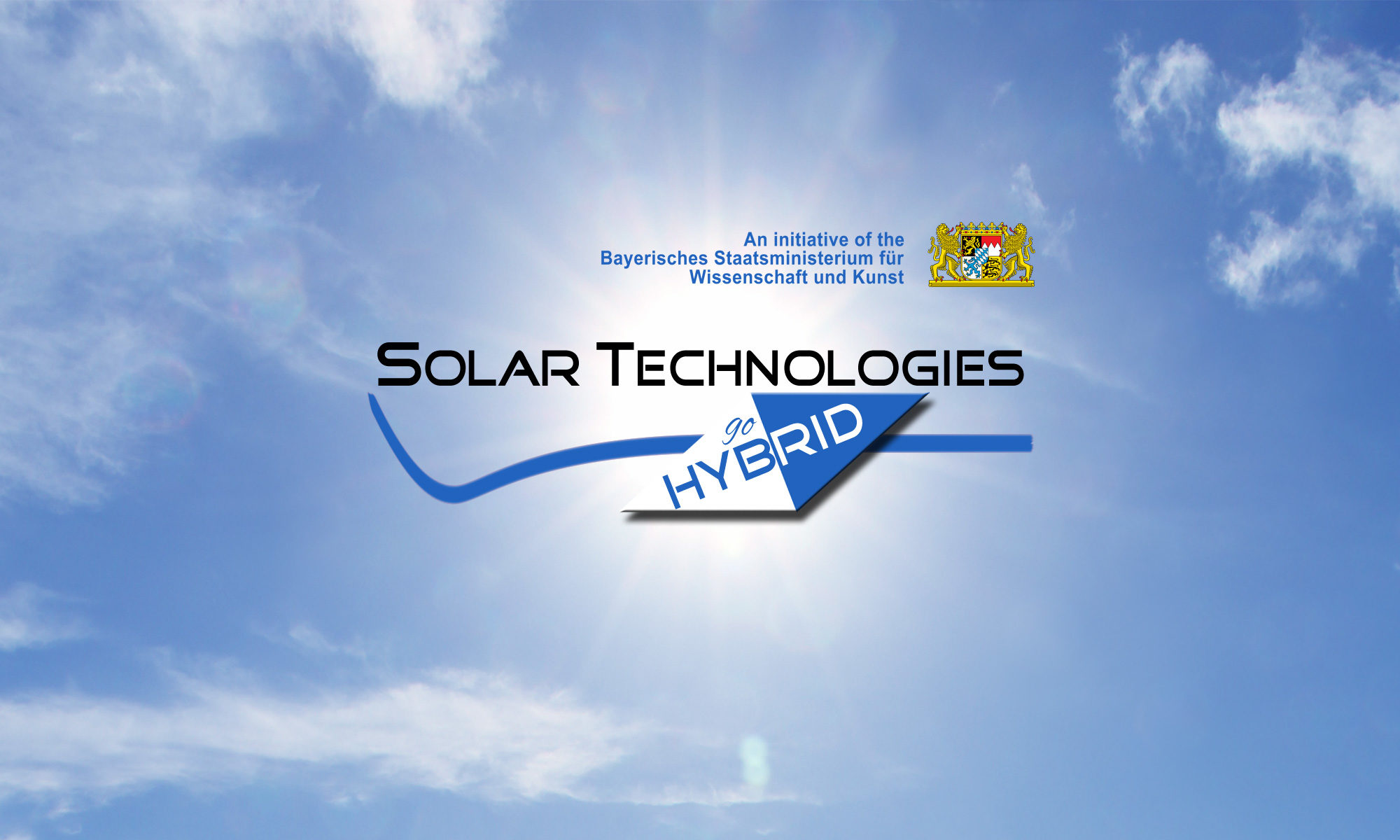Search references:
Zhao, Heng; Naveed, Hafiz Bilal; Lin, Baojun; Zhou, Xiaobo; Yuan, Jian; Zhou, Ke; Wu, Hongbo; Guo, Renjun; Scheel, Manuel A; Chumakov, Andrei; Roth, Stephan V; Tang, Zheng; Müller-Buschbaum, Peter; Ma, Wei
Hot Hydrocarbon-Solvent Slot-Die Coating Enables High-Efficiency Organic Solar Cells with Temperature-Dependent Aggregation Behavior Journal Article
In: Advanced Materials, vol. 32, no. 39, pp. 2002302, 2020.
@article{Zhao2020,
title = {Hot Hydrocarbon-Solvent Slot-Die Coating Enables High-Efficiency Organic Solar Cells with Temperature-Dependent Aggregation Behavior},
author = {Heng Zhao and Hafiz Bilal Naveed and Baojun Lin and Xiaobo Zhou and Jian Yuan and Ke Zhou and Hongbo Wu and Renjun Guo and Manuel A Scheel and Andrei Chumakov and Stephan V Roth and Zheng Tang and Peter Müller-Buschbaum and Wei Ma},
url = {https://onlinelibrary.wiley.com/doi/abs/10.1002/adma.202002302},
doi = {https://doi.org/10.1002/adma.202002302},
year = {2020},
date = {2020-01-01},
journal = {Advanced Materials},
volume = {32},
number = {39},
pages = {2002302},
abstract = {Abstract Organic solar cells (OSCs) have made rapid progress in terms of their development as a sustainable energy source. However, record-breaking devices have not shown compatibility with large-scale production via solution processing in particular due to the use of halogenated environment-threatening solvents. Here, slot-die fabrication with processing involving hydrocarbon-based solvents is used to realize highly efficient and environmentally friendly OSCs. Highly compatible slot-die coating with roll-to-roll processing using halogenated (chlorobenzene (CB)) and hydrocarbon solvents (1,2,4-trimethylbenzene (TMB) and ortho-xylene (o-XY)) is used to fabricate photoactive films. Controlled solution and substrate temperatures enable similar aggregation states in the solution and similar kinetics processes during film formation. The optimized blend film nanostructures for different solvents in the highly efficient PM6:Y6 blend is adopted to show a similar morphology, which results in device efficiencies of 15.2%, 15.4%, and 15.6% for CB, TMB, and o-XY solvents. This approach is successfully extended to other donor–acceptor combinations to demonstrate the excellent universality of this method. The results combine a method to optimize the aggregation state and film formation kinetics with the fabrication of OSCs with environmentally friendly solvents by slot-die coating, which is a critical finding for the future development of OSCs in terms of their scalable production and high-performance.},
keywords = {},
pubstate = {published},
tppubtype = {article}
}
References (last update: Sept. 23, 2024):
2020
Zhao, Heng; Naveed, Hafiz Bilal; Lin, Baojun; Zhou, Xiaobo; Yuan, Jian; Zhou, Ke; Wu, Hongbo; Guo, Renjun; Scheel, Manuel A; Chumakov, Andrei; Roth, Stephan V; Tang, Zheng; Müller-Buschbaum, Peter; Ma, Wei
Hot Hydrocarbon-Solvent Slot-Die Coating Enables High-Efficiency Organic Solar Cells with Temperature-Dependent Aggregation Behavior Journal Article
In: Advanced Materials, vol. 32, no. 39, pp. 2002302, 2020.
Abstract | Links | BibTeX | Tags: hot slot-die coating, hydrocarbon solvents, organic solar cells, temperature-dependent aggregation
@article{Zhao2020,
title = {Hot Hydrocarbon-Solvent Slot-Die Coating Enables High-Efficiency Organic Solar Cells with Temperature-Dependent Aggregation Behavior},
author = {Heng Zhao and Hafiz Bilal Naveed and Baojun Lin and Xiaobo Zhou and Jian Yuan and Ke Zhou and Hongbo Wu and Renjun Guo and Manuel A Scheel and Andrei Chumakov and Stephan V Roth and Zheng Tang and Peter Müller-Buschbaum and Wei Ma},
url = {https://onlinelibrary.wiley.com/doi/abs/10.1002/adma.202002302},
doi = {https://doi.org/10.1002/adma.202002302},
year = {2020},
date = {2020-01-01},
journal = {Advanced Materials},
volume = {32},
number = {39},
pages = {2002302},
abstract = {Abstract Organic solar cells (OSCs) have made rapid progress in terms of their development as a sustainable energy source. However, record-breaking devices have not shown compatibility with large-scale production via solution processing in particular due to the use of halogenated environment-threatening solvents. Here, slot-die fabrication with processing involving hydrocarbon-based solvents is used to realize highly efficient and environmentally friendly OSCs. Highly compatible slot-die coating with roll-to-roll processing using halogenated (chlorobenzene (CB)) and hydrocarbon solvents (1,2,4-trimethylbenzene (TMB) and ortho-xylene (o-XY)) is used to fabricate photoactive films. Controlled solution and substrate temperatures enable similar aggregation states in the solution and similar kinetics processes during film formation. The optimized blend film nanostructures for different solvents in the highly efficient PM6:Y6 blend is adopted to show a similar morphology, which results in device efficiencies of 15.2%, 15.4%, and 15.6% for CB, TMB, and o-XY solvents. This approach is successfully extended to other donor–acceptor combinations to demonstrate the excellent universality of this method. The results combine a method to optimize the aggregation state and film formation kinetics with the fabrication of OSCs with environmentally friendly solvents by slot-die coating, which is a critical finding for the future development of OSCs in terms of their scalable production and high-performance.},
keywords = {hot slot-die coating, hydrocarbon solvents, organic solar cells, temperature-dependent aggregation},
pubstate = {published},
tppubtype = {article}
}
